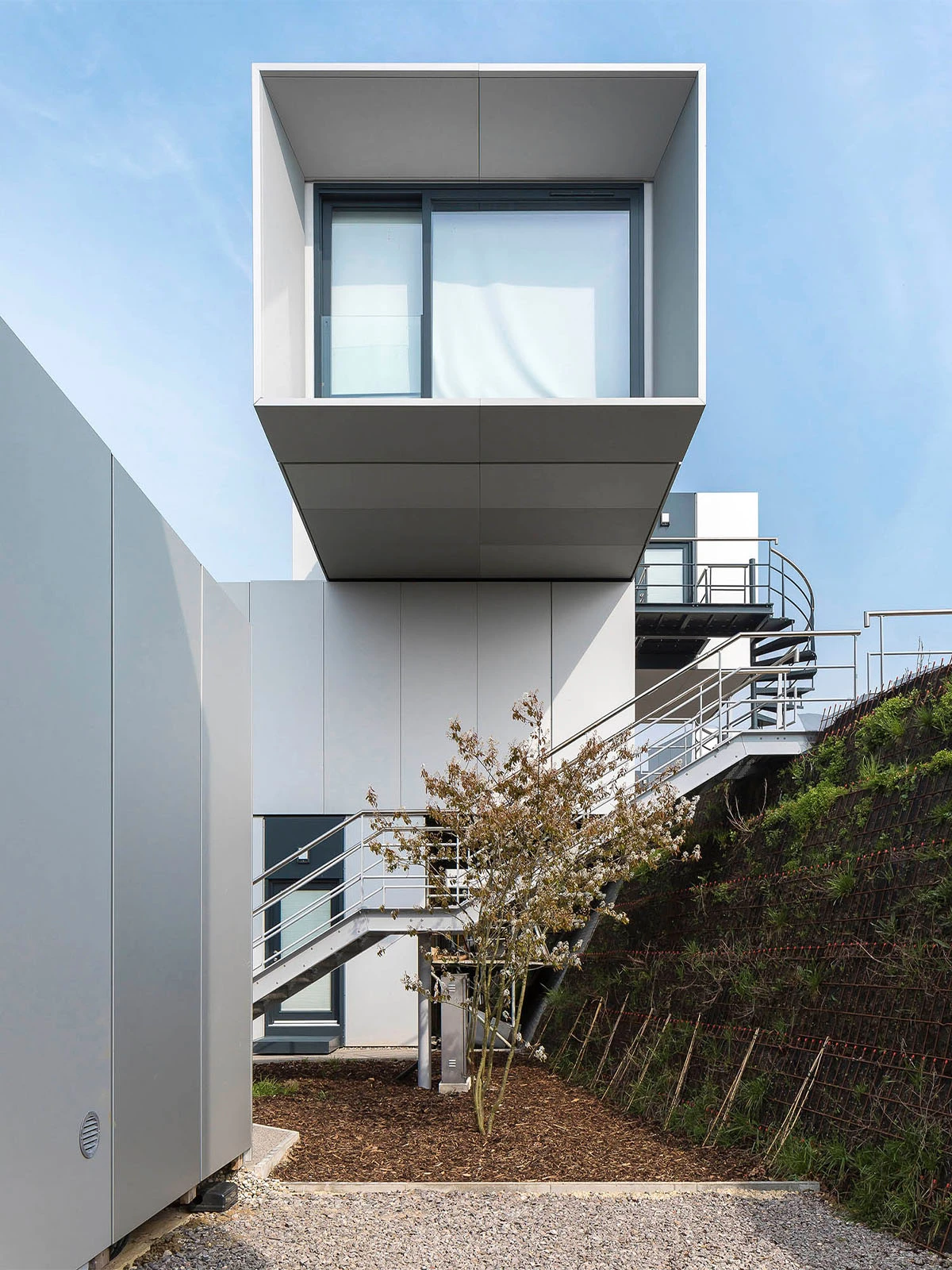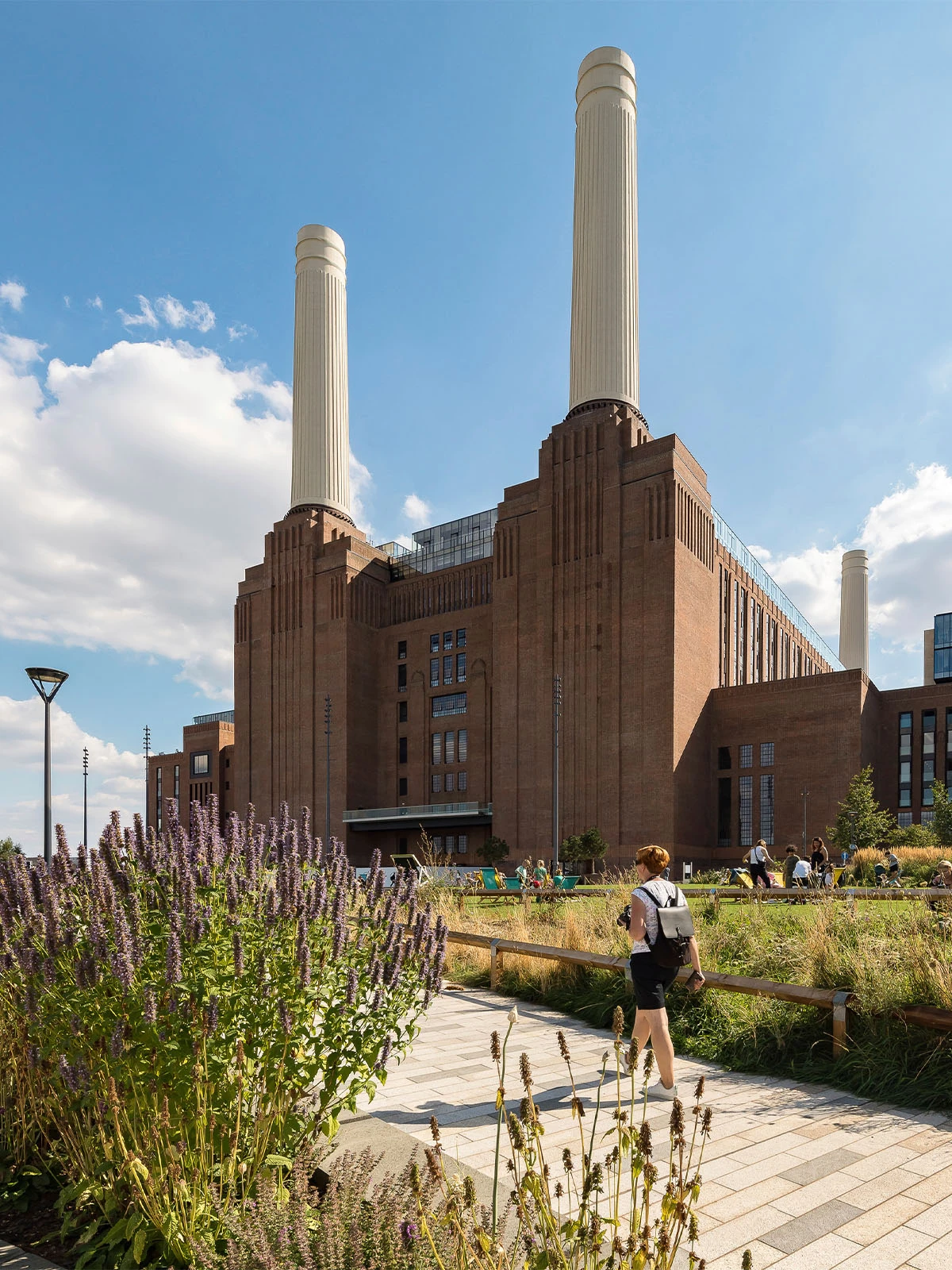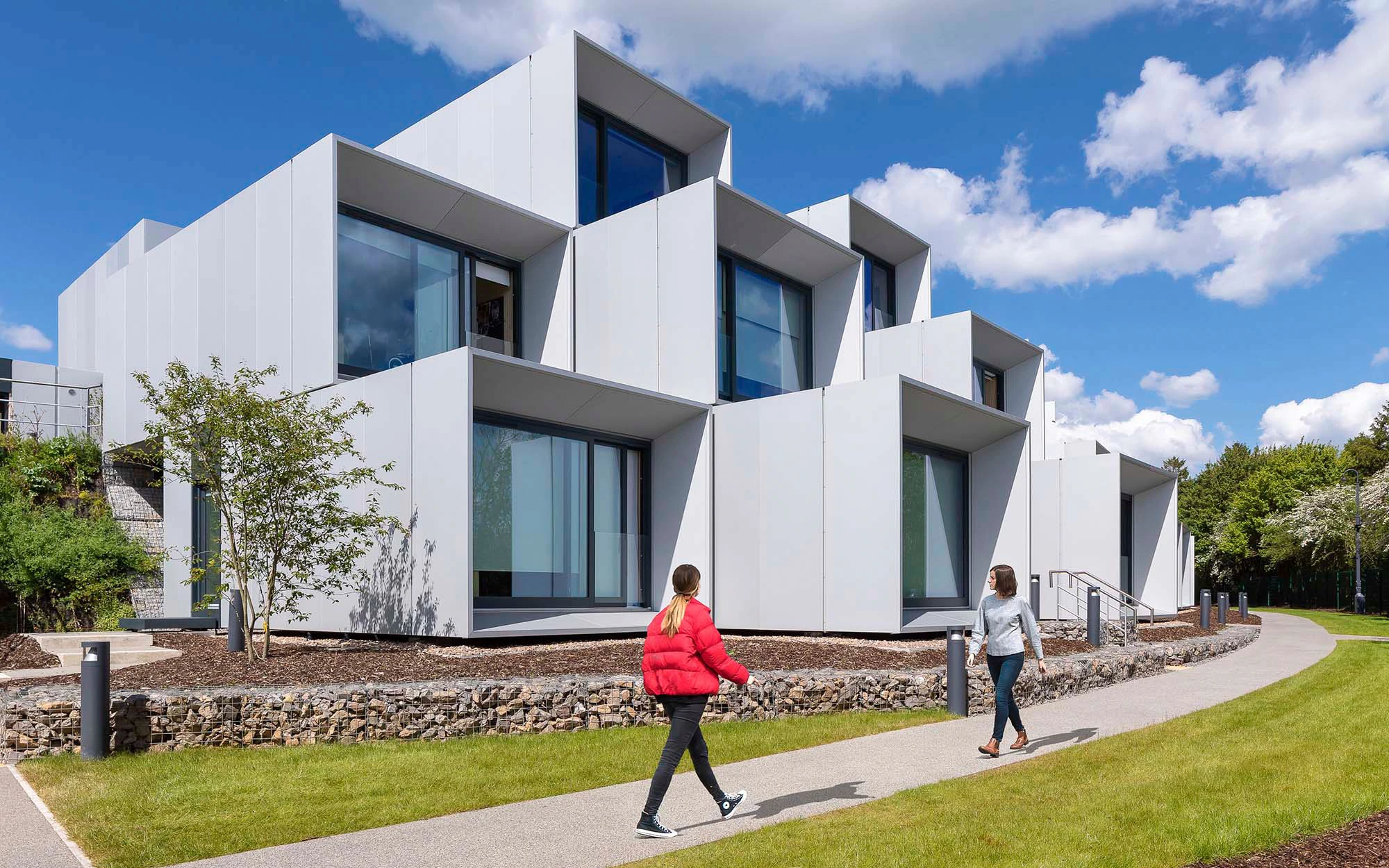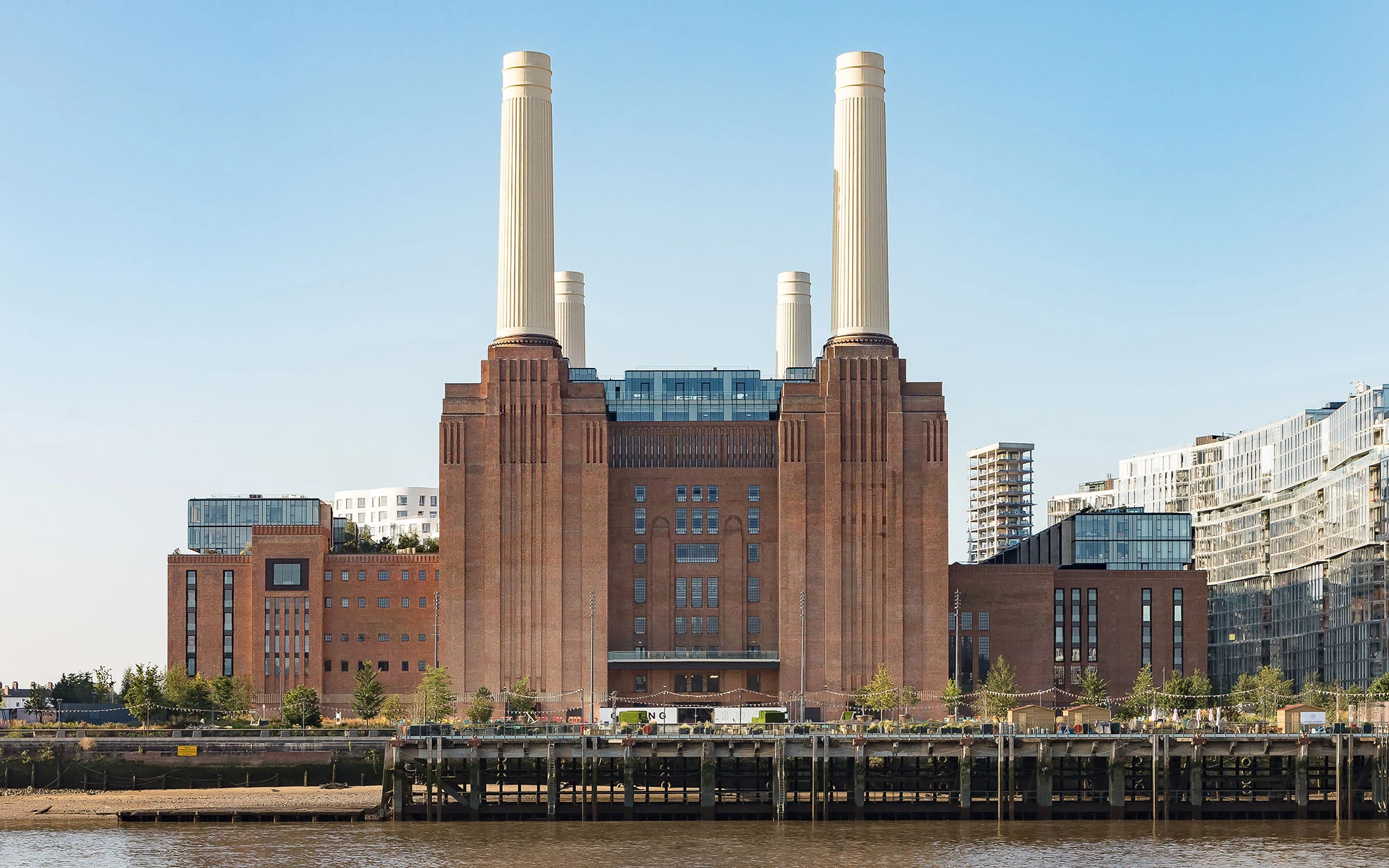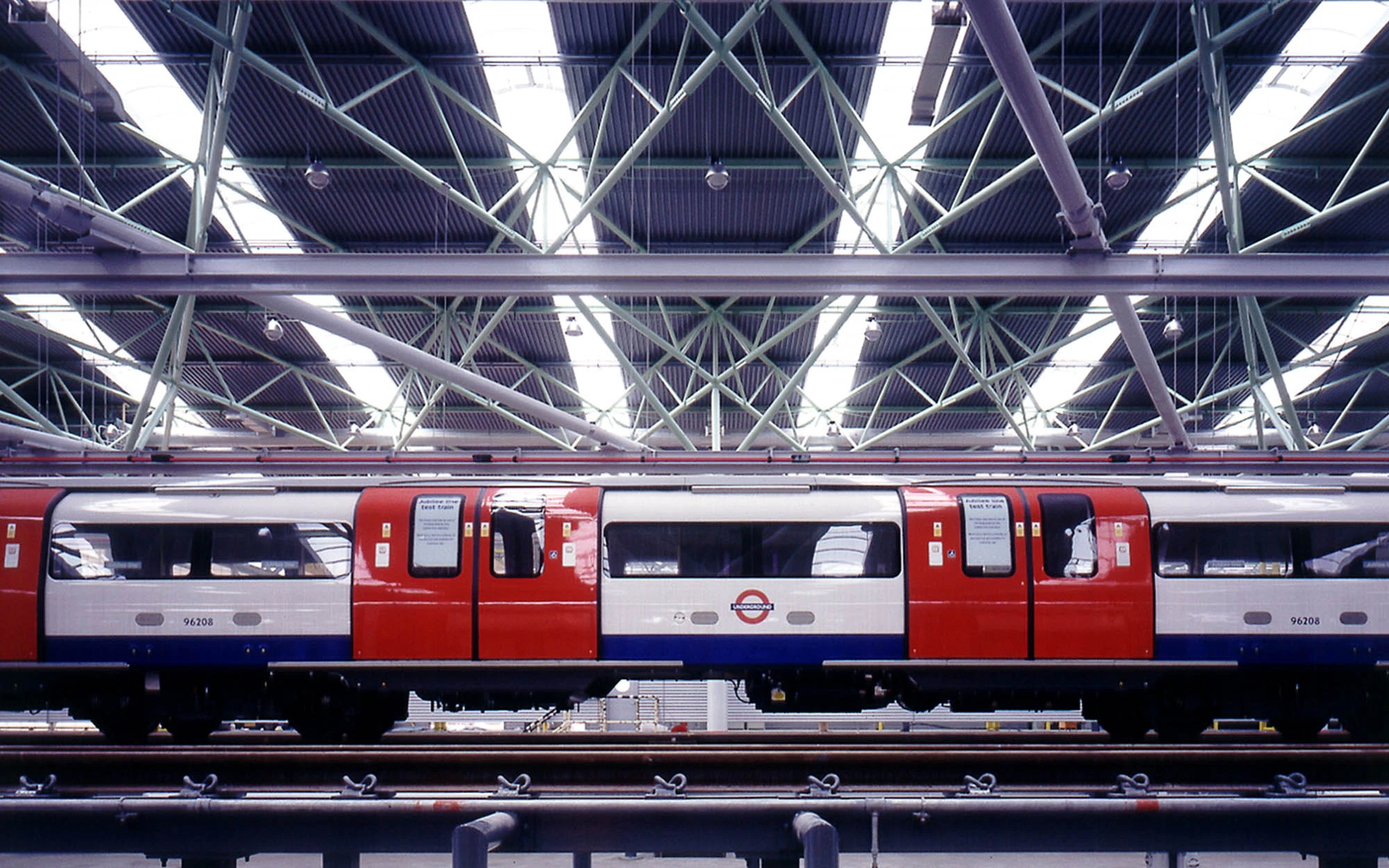
Like most architects, I have a great reverence for Mies van der Rohe. When I think of him, his exquisitely detailed and extraordinarily elegant buildings come immediately to mind.
He is also known for two famous sayings. The first – 'Less is more' – is now so much part of common parlance that perhaps few people know where or when it originated. These three small words have been the focus of great debate ever since; they have even received the dubious accolade of a mocking misquotation – 'Less is a bore.' Perhaps they have become an easy target because the phrase is so widely recognized; yet their simplicity is profound, and they summarize an entire architectural manifesto. Mies's second famous dictum is that 'God is in the details.' This latter reveals the absolute nature of Mies's architecture, which displays such clarity that our perception of his buildings is elevated to an almost spiritual experience. There is also a strong hint that working out details requires great application – something akin to religious fervour. It is always worth remembering these two sayings when things are getting a little complicated, particularly with regard to detailing on buildings. It is often worth going back and reminding yourself what it is that the details should speak of. A concise expression is usually more enduring.
At WilkinsonEyre we recognize the importance of good detailing. An ingenious concept is not enough on its own. Indeed, in my view, however striking the concept, it will stand or fall on the quality of its detailing. Considered alongside the Miesian approach, which values clarity and simplicity, a very careful and studied look at this aspect becomes even more crucial. Our architecture, which I see as being broadly founded on the Miesian tradition, would be very unforgiving to clumsy details or poor workmanship. In order to be considered complete designers, architects need to be interested in how to make things, how all the different components function together. We express ourselves by working out the configuration of the various components and it is anathema to hand over control of this element to anyone else. It is our responsibility as architects to try to retain control wherever possible in order to safeguard good design and avoid unnecessary compromise – with its inevitable loss of quality.
At WilkinsonEyre we promote an architecture which concerns itself (amongst many other things) with the surfaces, edges and lines of structural form. This means that the junctions between components require special care. It was Charles Eames who said 'When two materials come together, brother, watch out', and however fantastic the technological developments that have have taken place since then, the statement still holds true. It doesn't get any easier.
Today detailing has become a rather more complex issue than it was in Mies's time. Some of the pioneering modern buildings were unfortunately prone to problems of durability and there can be little doubt that in the spirit of progress certain fundamental principles to do with weathering, moisture and thermal behaviour were overlooked (though I believe this tended to afflict lesser buildings). Now the issue of sustainability means that our concerns are more focused on energy usage, pollution and the renewability of materials. A building's thermal performance is becoming increasingly important as a more holistic approach to energy usage and broader environmental issues moves centre stage. Unfortunately, this means that some of the more beautifully simple details of yesteryear need more attention in the contemporary context. We have to work even harder in order to express what we want to in a building's architecture while at the same time making it perform and being economical with the use of precious materials.
I think it is interesting that often, while buildings are said to have been 'designed', the details are deemed to have been 'worked out'. It may seem a curious use of language because similar skills are needed for both; with detailing, however, the technical requirements mean there is less room for pure creative thought. The implication is somehow that the design of the building possesses a set of details and the architect is charged with finding out what they are. Obviously, as an argument, this line of thought is idiosyncratic; nevertheless, there is some truth in the notion that there is a 'right' set of details that go with any given concept. To develop these details and go through the process of designing them successfully requires an ability to think in three dimensions about the assembly of a range of components and the various junctions between them. In a sense, at this stage the architect is undertaking a form of 'planning' akin to laying out a series of spaces, but working with and laying out a series of solid components of a different scale. There is something of the jigsaw about the process, the pieces being a mix of standard products and, where none exists, purpose-designed components. And at the same time there are all the other considerations – like keeping the weather out, preventing corrosion and constructing something durable.
The ultimate luxury would be to work out all the key details of a building in three dimensions using physical models, for only in this way can the physical appearance and the relationship between the various elements be fully explored. There are some architectural practices that are able to do this, and in particular I have great admiration for the work of Renzo Piano; he is unequalled in this respect. At WilkinsonEyre details are formulated by being sketched out repeatedly on paper; we rely on vision and imagination and experience to predict what the end result will look like.
The most easily overlooked aspect of building design is that of tolerances. It is such an important consideration although, unless something goes wrong, it is not usually apparent in the finished work. Every component of a building is manufactured to a designated set of dimensions, whether on- or off-site, and each one can vary a certain amount. Such tolerances are set by what a human being can reasonably achieve, or by what is economically viable in a mechanical manufacturing process. The accuracy with which components can be placed into the works on site at installation varies too, depending both on the care taken by the person responsible for the placing and also on the positional accuracy of the component which it adjoins. The architectural detail drawing is thus a snapshot of where a series of components is ideally intended to be in space; in reality, each piece defines a space around itself within which it could actually end up. Naturally, an understanding of this moving three-dimensional jigsaw requires some special skills, both spatial and technical.
Dealing with tolerances seriously challenges the young architect in particular because he/she has been brought up in a technological age in which computers foster an illusion of accuracy. The temptation to believe in fractions of a millimetre is as alluring as the Sirens were to Aeneas. In fact, computers have had a hugely liberating effect in WilkinsonEyre's offices and in our whole approach to design; they have encouraged freedom of thought and allow us to represent quite complex forms possessing geometries that previously would have been preventatively difficult to draw. However, the precision that the computer offers is very seductive and being divorced from the reality of a building site can create serious problems. There is no better way to overcome these problems than spending time actually on a building site or at a manufacturing plant. Architects in our office are encouraged to gain hands-on experience wherever possible, following the detail right through from the original drawing – seeing how these representations are translated into reality on site.
Linked with the issue of accuracy of detailing and what is achievable on site is the real problem of diminishing craft skills. The number and availability of skilled site operatives in the various trades is definitely in decline, a shift that goes hand in hand with the drive, now becoming a necessity, towards off-site manufacture. The fabrication of building components is usually better undertaken in factory conditions by specialists. As a consequence new opportunities are opening up for the architect because the machines of manufacture, controlled by computers, are making it increasingly possible to make one-off components. At the same time the increasing specialization means that architects need to have a good understanding of what can be achieved, before defining the architectural intent as a series of profiles on drawings. To retain control one has to explore fully what is possible even if, ultimately, the fabricator is to produce the specialist design.
At WilkinsonEyre we have been fortunate to be involved in a wide range of building and structure types. Some of these have involved large-scale and very public spaces which, because they are unheated, are not tied by the challenges of having to insulate everything. In these structures we have been able to enjoy a certain bold freedom in our treatment of detailing, a freedom that allows material connections to be made in a simple, sculptural way, displaying the properties of the respective materials and using them expressively. Stratford Station is the obvious example but many of the wide range of bridge projects we have undertaken display the same characteristics. Other buildings have demanded different approaches: the self-build aspect of the Princes Club Ski-Tow Pavilion imposed constraints on our design, for example, as did the economic considerations of large-scale industrial cladding in play at Dyson Headquarters and at Stratford Market Depot.
In all our projects the firm endeavours to achieve a consistency in the detailing. Nothing is left to chance. Every aspect of the building must be worked out and predicted. The very nature of the architecture relies on a disciplined approach. Though it is difficult to generalize, we look carefully at surfaces, thicknesses, modulation, contrasts in mass and lightness, simple framing and uncomplicated junctions between materials. For us, 'Less' is more work. My admiration for Mies van der Rohe's work extends particularly to his economy of means. The intentions are always clear and, by considering very carefully what appears at the surfaces of construction, he emphasizes planar qualities, or lightness, or proportions. The profiles of his details are masterly in the way that the play of light and shade works to accentuate the qualities of the architecture. In this respect – in our approach to architecture – I believe that WilkinsonEyre shares strong spiritual ties with Mies. Our concerns about proportions, planes, lines and expressing lightness are concerns that preoccupied Mies, though our overall conceptual approach to architecture embraces a greater vocabulary of form. Whether God has been anywhere near our details, only time will tell.
This essay originally appeared in the practice monograph 'Bridging Art and Science' (Booth –Clibborn Editions, 2001).

